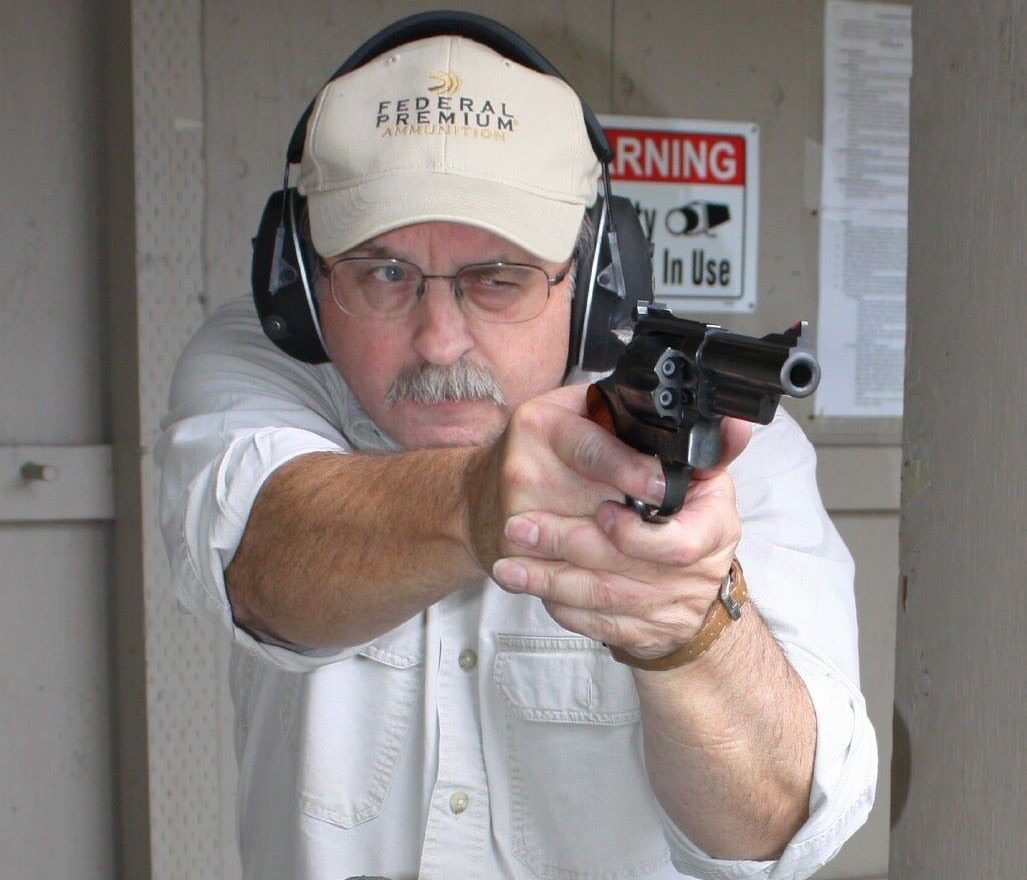
By Dave Workman
Editor-in-Chief
Presumably, one should always begin a story at the beginning, but this is not exactly one of those times.
The subject is not revolvers in general but one specific “round gun,” with a good pedigree, so to speak. It is a specific Model 57 Smith & Wesson revolver, chambered for the potent .41 Magnum cartridge, which—though it may seem like blasphemy—can do pretty much anything a .44 Magnum can do, with slightly less recoil and a slightly flatter trajectory.
My fascination with the .41 Magnum dates back more than four decades, almost five. Introduced in 1964, with some well-documented lobbying by the late Elmer Keith and Bill Jordan, the .41 Magnum was supposed to have been a law enforcement caliber, launching a true .410-caliber projectile well into the 1,300-1,400 fps velocity realm with a somewhat milder “police load” clocking more in the neighborhood of 1,150 fps.
Incidentally, the .41 Magnum is “the real deal.” As noted above, the bullet is actually .410-inch in diameter, whereas the fabled .44 Magnum actually shoots a .429-caliber bullet, making it something of a pretender! (Oh, this’ll make some people fume.)
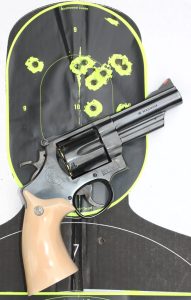
Alas, as is documented in a short history found online at Wikipedia, the .41 Magnum was not the overnight success amongst law enforcement officers originally anticipated. The handguns from Smith & Wesson were a bit too big and heavy and recoil was, shall we say, a bit unpleasant for smaller-statured people, male or female.
But the .41 Magnum actually did ignite sparks in a surprising arena: Silhouette shooting. Long-range handgunners armed with Model 57 S&W sixguns fitted with 6- or 8 3/8-inch barrels and adjustable sights soon were waging war on metal rams and chickens at distances some folks might consider extraordinary.
The caliber also earned a small but devoted cadre of handgun hunters, enticed if not encouraged by the writings of Keith, and eventually others, including the late Skeeter Skelton, also late Dick Metcalf and equally-departed John Wooters, which only scratches the proverbial surface.
But it was Keith who is largely credited with bringing together the heads of gun and ammunition companies at an NRA convention. As he wrote in his memoir, Hell, I Was There!, Keith explained his first physical encounter with the gun and cartridge.
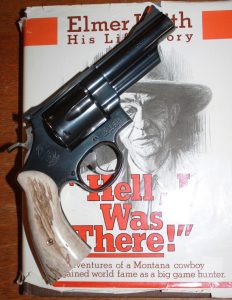
“Some six months later,” Keith wrote in the long aftermath of the convention, “just as Charley Shedd and I were leaving for the Arctic and our polar bear hunt, a pair of 4-inch Smith & Wesson Magnums, with target sights, and triggers trimmed to 3/8-inch, the hammers cut back about ¼-inch, arrived. They had rosewood grips and my name on the side plates of the pair, consecutively numbered, No. 1 and No. 2. Also most of a box of Remington ammunition arrived in a plain box.”
Keith and Shedd took both revolvers along on the Alaska hunt and eventually used them to shoot caribou up around Kotzebue. It was then that Elmer determined the .41 shoots “a bit flatter in its trajectory than the .44 Magnum I was used to.”
The revolver pictured in accompanying photos came along late in my career, but not too late! While it was never purchased with the thought of using it for handgun hunting, it does, indeed, have a notch on its grip after having handily dispatched a wounded Columbia Basin mule deer buck about six or seven years ago.
Speaking of grips, this round gun has worn several, including an old set of “ivory polymer” grips, factory checkered wood target style grips, a set of Roper grips from Herrett’s, a set of Pachmayr rubber grips during the winter, and some from Altamont.
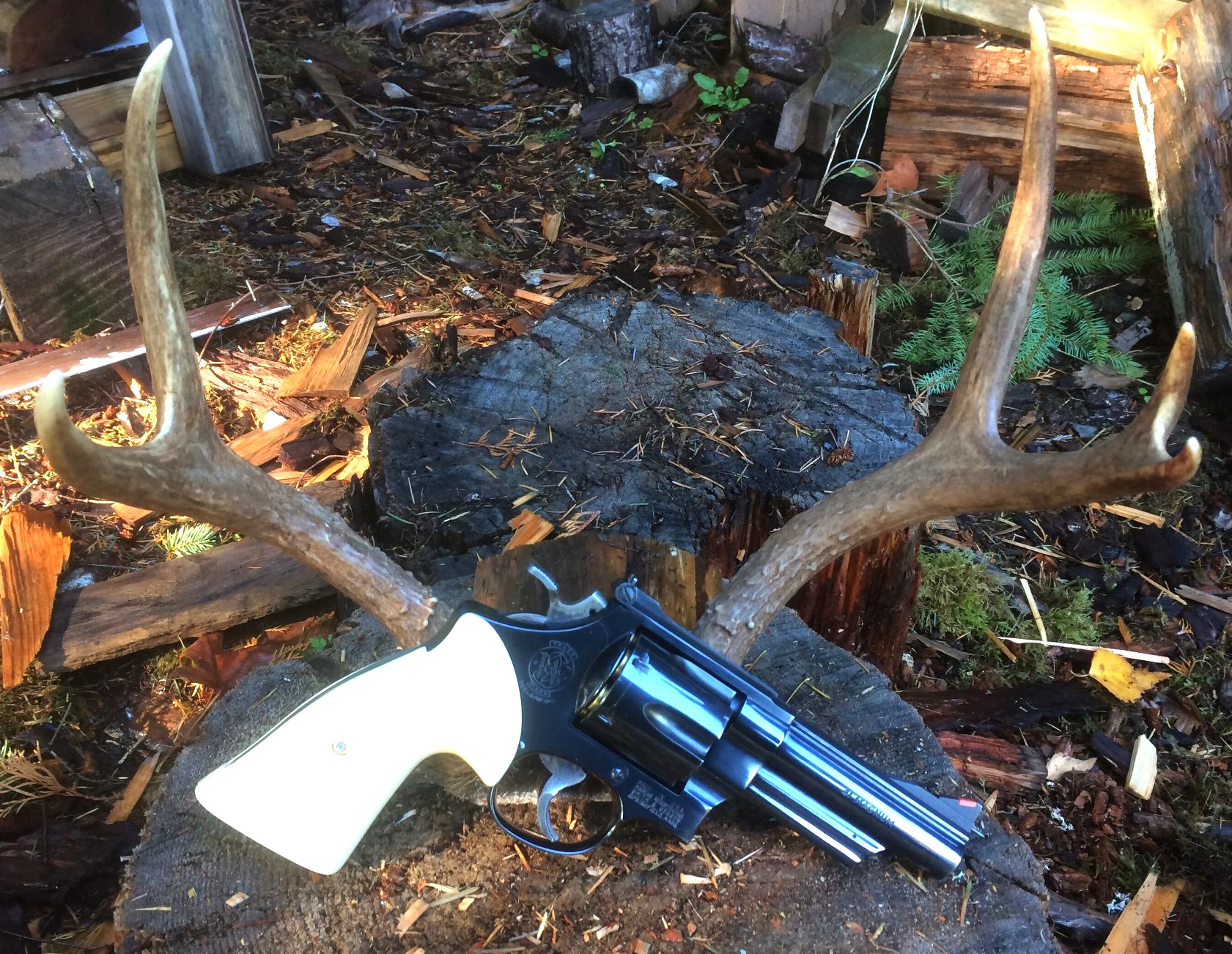
Revolvers are fascinating in a general sense, and this specimen got my juices flowing almost immediately. I had been shopping around for a 4-inch model to compliment the 6-incher acquired back in the 1980s, but it was casual snooping. That is, until a pal of mine sent a “priority” message revealing one for sale locally from a private party.
A quick exchange of emails and a phone conversation, followed by a completely legal transfer involving the required paperwork and NICS check, and there I was with this gem, along with: a) An unused set of loading dies; b) two HKS speedloaders, and, 3) four boxes of ammunition. Beating a hasty path to the gun range later that afternoon revealed this sixgun to be a rather accurate beast, in need only of a bit of rear sight adjustment to shoot rather nice groups at 25 yards, using my handloads consisting of 210-grain Nosler JHPs over H110 powder and CCI Magnum Large Pistol primers, and 200-grain Speer JHPs over Alliant 2400 and a standard large pistol primer.
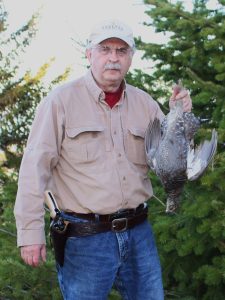
Lately, I’ve been experimenting with 200- and 215-grain hard cast lead semi-wadcutters from Rim Rock Bullets and Stateline Bullets, over H110 and Accurate #9, since 2400 appears to have all but vanished from store shelves, at least everywhere I’ve been shopping.
There is plenty of loading data available for the .41 Magnum, and several good propellants which work very well in this cartridge.
Credit where it’s due for turning me onto A#9 goes to Brian Pearce, another gun writer, who has done quite a bit of work with the .41 Magnum, and was a pal of the recently-departed John Taffin, himself a .44 Magnum afficionado and all-around big bore enthusiast. Accurate #9 comes in slightly behind 2400 on the burn rate chart, and so far-so good is what I can say about its performance behind the hard cast lead SWC pills.
The 4-inch barrel makes this Model 57 much easier to carry while driving, which was also partly responsible for my acquisition some years back of a Ruger Blackhawk with a 4 5/8-inch barrel, also in .41 Magnum. I’ve shot two deer with a 6 ½-inch Blackhawk in the same caliber, so I know the single-action sixguns from Ruger are reliable, rugged and most importantly, capable of good accuracy so long as I do my part.
In recent years, this 4-inch ’57 has been adorned with a set of Kirinite target-style grips from Eagle Grips, when it’s not wearing a set of elk antler grip panels, also from Eagle. Kirinite is a hard material which has held up very well under sometimes crummy conditions.

The Model 57 is built on S&W’s famous “N”-frame, the same platform used for the more famous Model 29 in .44 Magnum. It is a strong revolver, capable of digesting some stout loads—but one should never exceed reloading manual data!—and it is a favorite model among devoted silhouette shooters.
Revolvers—“wheelguns” to folks who haven’t quite warmed up to semi-autos with polymer frames and striker-fire mechanisms—remind us all to take our time, and make every shot count. I’ve shot my share of small game with revolvers, and with Ruger semi-auto pistols in .22-caliber, but there’s something in my genes that repeatedly draws my greasy little palm to the grip of a revolver, and the classic Model 57 is simply magnetic when my hand is near. Perhaps, as it was always meant to be.



